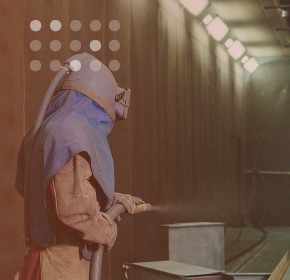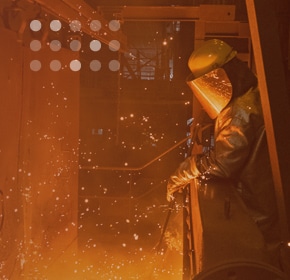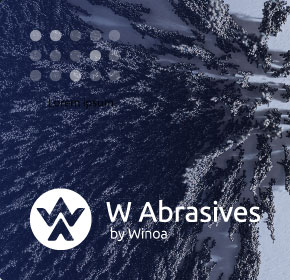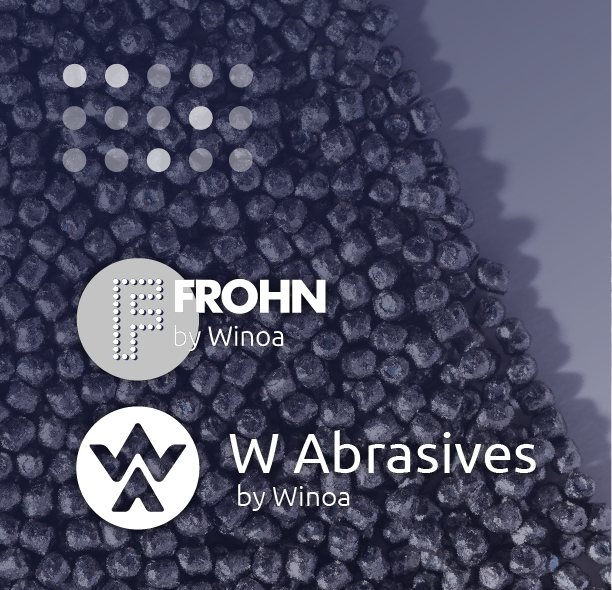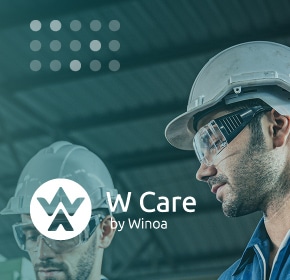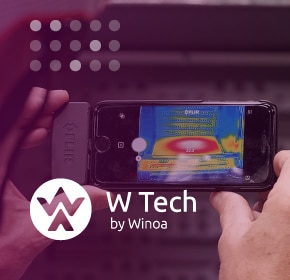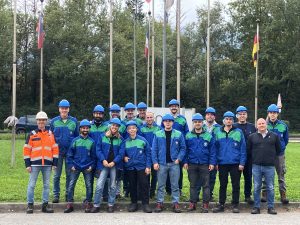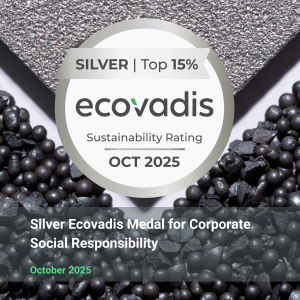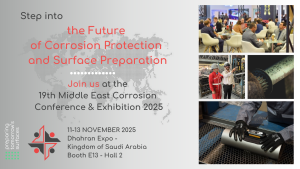1. What is Zero-Valent Iron (ZVI)?
Zero-Valent Iron (ZVI) is elemental iron in its metallic form (Fe⁰). It is used in environmental remediation because it acts as a strong electron donor in redox reactions, breaking down contaminants into less harmful or stable forms.
Learn more on the Winoa Peerless ZVI product page.
2. How does ZVI work in groundwater and soil remediation?
When ZVI is placed in contaminated environments, it oxidizes while contaminants are reduced:
- Chlorinated solvents (e.g., TCE, PCE) are dechlorinated into harmless ethene or ethane.
- Hexavalent chromium (Cr⁶⁺) is reduced to trivalent chromium (Cr³⁺), which is less soluble and less toxic.
- Nitrates (NO₃⁻) are reduced to nitrogen gas.
This makes ZVI a powerful tool for in-situ chemical reduction (ISCR).
See detailed chemical pathways in our article: How ZVI solves complex remediation challenges.
3. What contaminants can ZVI treat?
ZVI is effective on:
- Chlorinated solvents (TCE, PCE, VC)
- Heavy metals (Cr⁶⁺, U⁶⁺, As³⁺/⁵⁺)
- Nitrates and nitroaromatic compounds
- Certain pesticides, phenols, and dyes
For more information on U.S. contaminated site management, visit the EPA Superfund program.
4. What are the main forms of ZVI available?
- Granular ZVI (GZVI): millimeter-sized, long-lasting, ideal for permeable reactive barriers (PRBs).
- Microscale ZVI (mZVI): finer powders with faster reactivity, used in slurry injections or soil mixing.
- Nano-ZVI (nZVI): nanoparticles (<100 nm), highly reactive, injectable, but shorter-lived unless stabilized.
- Modified ZVI: sulfidated or bimetallic formulations (Fe/Pd, Fe/Ni) designed for greater selectivity and reactivity.
Download the ZVI brochure and technical data sheet.
5. How is ZVI applied in remediation projects?
Typical application methods include:
- Permeable Reactive Barriers (PRBs): trenches filled with ZVI intercept and treat groundwater plumes passively.
- Injection: microscale or nano-ZVI slurries are injected into aquifers to treat source zones.
- Soil mixing: ZVI blended with contaminated soils during excavation or stabilization projects.
- Ex-situ reactors: water is pumped through ZVI media in above-ground systems.
See Canada’s guidance on federal contaminated sites.
6. How long does ZVI remain reactive?
Granular ZVI in PRBs can remain effective for 10–20 years, depending on groundwater chemistry and site conditions. Nano-ZVI is more reactive but typically lasts only weeks to months unless stabilized.
7. What are the advantages of using ZVI?
- Treats a wide range of contaminants (organics + metals).
- Provides passive, long-term treatment (especially in PRBs).
- Produces environmentally benign byproducts in most cases.
- Can complement biological remediation by generating hydrogen gas that stimulates microbes.
8. What are the limitations of ZVI?
- Surface passivation: oxide and carbonate layers can reduce reactivity.
- Limited mobility in fine-grained soils (especially for larger particles).
- Nano-ZVI requires stabilization to prevent aggregation.
- Hydrogen gas buildup may affect aquifer hydraulics.
9. Is ZVI approved by regulators?
Yes. U.S. EPA, Environment Canada, and European agencies recognize ZVI as an accepted remediation technology. ZVI has been applied in dozens of EPA Superfund sites and numerous international projects.
10. What makes Winoa Peerless ZVI different from competitors?
- Made in the USA: raw material to finished product, ensuring compliance with Build America, Buy America (BABA) Act 2021.
- Production method: Indirect fire furnace removes oil/moisture, producing a bright, dust-free, high-Fe ZVI. Competitors often use direct fire, leaving a brown, dusty oxide surface.
- Quality assurance: Controlled particle size distribution, high metallic Fe content, consistent reactivity.
11. How is Winoa ZVI supplied and used in the field?
- Packaging: Available in bulk bags for large remediation projects.
- Mixing: Easily blended with sand, clean soil, or vegetable oil for injection or placement.
- Applications: PRBs, soil mixing, aquifer injections, and even industrial uses like cement grout formulations.
12. What are other markets for ZVI beyond remediation?
Winoa ZVI is also used in:
- Industrial flooring products.
- Specialized cement grouts for industrial applications.
13. What is the future of ZVI at Winoa?
ZVI, once a side product from the Peerless acquisition, is now a strategic growth segment. Demand is expected to increase in the U.S. and globally, where rapid industrialization is driving demand for sustainable water treatment.
Ready to take the next step?
Discover Winoa Peerless Zero-Valent Iron (ZVI) products, engineered in the USA for soil and groundwater remediation.
- High-purity, bright, dust-free, granular ZVI with
- Made in the USA, fully compliant with Build America, Buy America (BABA)
- Proven performance in PRBs, injection, and soil mixing
👉 Visit the ZVI product page to explore specifications, applications, and download the technical data sheet (TDS).
